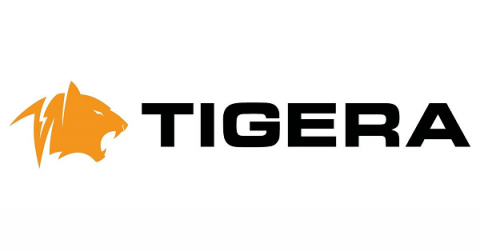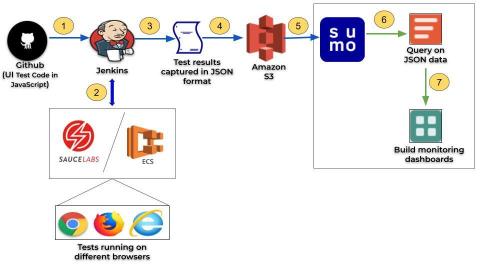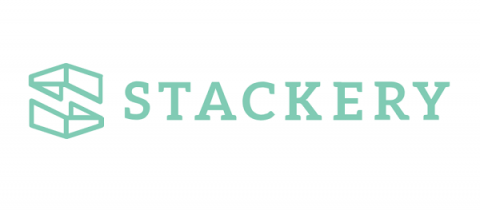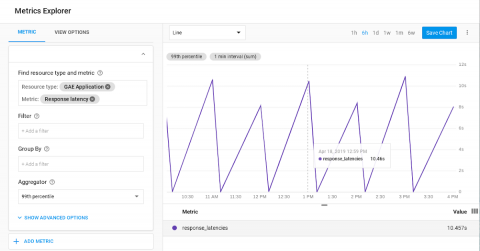Tools This Engineer Uses: Grafana, VS Code, Wallaby.js, Sentry Test Kit
You probably use many tools to get you through the day. Do you ever wonder what tools get other people through their days? In our Tools This Engineer Uses series, we explore the routines, systems, and tools your peers rely on to solve problems and accomplish goals.











